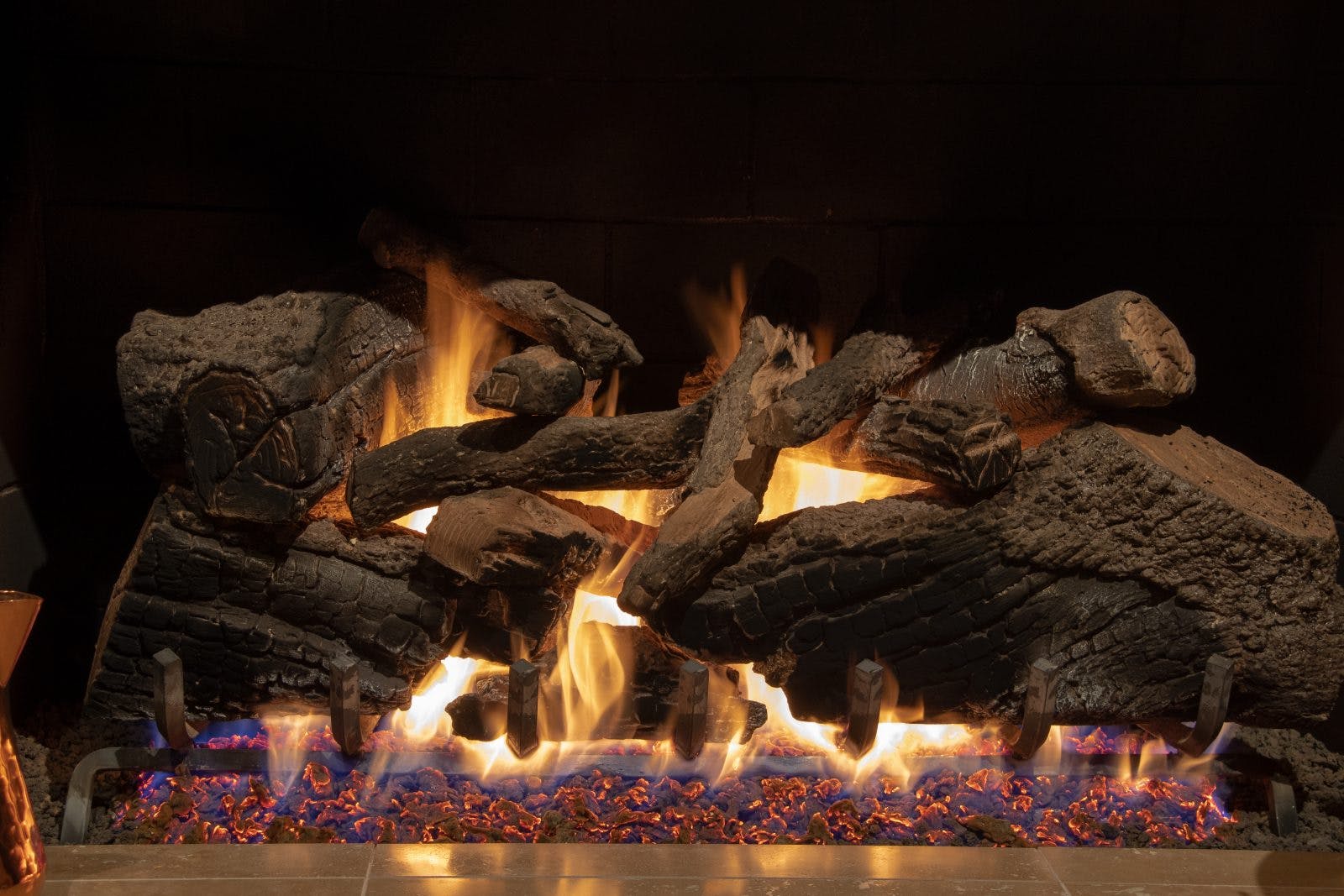There is nothing arguably more enjoyable than soaking in a moment with family, friends or that special someone in front of a warm fireplace to put that special touch on a lasting memory.
Fireplaces are a common home amenity – especially in cooler parts of the country – and offer a unique aesthetic while delivering an energy alternative to traditional heat sources. Whether fueled by wood, gas or electricity, fireplaces provide a range of benefits for any home or lifestyle.
People living a fast-paced life may not have time to maintain a wood fireplace. No problem. Gas and electric models can deliver incredible heat quickly and efficiently. Sure, nothing beats the smell and sound of a crackling wood fire as long as households can stay on top of the maintenance.
Some homeowners, however, are taking a surprisingly different tack and removing fireplaces. Why?
Some owners view them as a health-and-safety liability, especially when living with small children and pets. The Consumer Product Safety Commission reports about 22,300 fires involving either the fireplace, chimney or both occur each year, leading to damage and sometimes worse. Deferred maintenance and curious kids can be cited for many of those fires.
Other owners point to the fireplace as an obstacle rather than complementary to the layout of a home. They remove the structure because fireplaces limit floor plans, essentially requiring owners to redesign areas around the fixed heat source.
“I had two clients remove their fireplaces because they were used as dividers between rooms,” Tamara Heidel, a real estate broker at Heidel Realty in Las Vegas, told realtor.com®. They were able to open up the space by removing the fireplace.
Realtor.com also noted home builders are adding fewer fireplaces in newly built homes. Some builders are forgoing the amenity to help reduce overall costs – particularly for the construction of a chimney – but they usually offer to include fireplaces at a premium.
Only 16% of buyers surveyed by the National Association of Home Builders said a fireplace was essential. Advances in smart-home technology, greater variety in heat sources and improved construction techniques to increase airtightness all contribute to the fireplace decline.
Even climate change is driving the trend as mean temperatures rise across the country. Who needs a fireplace when you’re hosting a big dinner in T-shirts and shorts on Thanksgiving Day? (Okay, I exaggerate!)
All this suggests that selling a home without a fireplace is not necessarily a bad thing. Buyers prioritize bigger interior space and backyards – allowing for more area to work and play at home – than an amenity like a fireplace.
Removing a fireplace isn’t easy. The project would not only be expensive and possibly cause a health risk amid a wave of dust and debris (unless the place is left vacant) but it could compromise the stability of the home since the base and chimney tend to be key components to the overall structure.
For owners who want to improve the look of their fireplace, it would be less of a disturbance to simply renovate the feature. Add a mantel or possibly apply a coat of paint – though once you paint it, you probably can’t go back to the natural look.
Like everything else in the home, fireplaces have their plusses and minuses. Learning to live and improve upon them is usually the better approach to maintaining the long life of your home.




